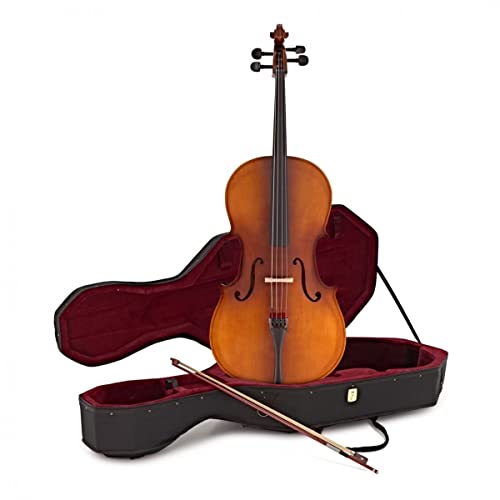Understanding the Cello Bow
The cello bow is a delicate object that requires proper handling. It is made of horsehair and wood, and its main purpose is to create sound by being drawn across the strings of the cello. There are several techniques to consider when holding a cello bow, and each one can have an impact on the quality of sound produced.
Positioning the Bow Hand
The bow hand should be relaxed with the thumb and fingers on either side of the frog. The pinky finger should be positioned on top of the bow, and the other fingers should rest underneath. Make sure the bow is resting in the space between the first and second joints of the index finger.
Proper Pressure and Placement
When drawing the bow across the strings, make sure to use the appropriate amount of pressure. Placing too much pressure on the bow will generate a harsh sound, while too little will result in a weak or muffled sound. It is also crucial to position the bow towards the bridge to produce a clear and resonant pitch.
Using Wrist Movement
Using wrist movements when holding a cello bow can make a significant difference in sound production. The wrist should be flexible, allowing the bow to move smoothly across the strings. The wrist should act as a pivot point for the bow to move in an up-and-down motion.
Consistent Bow Speed
Finally, it is essential to maintain a consistent speed when using a cello bow. This helps produce a consistent tone and a harmonious, clear sound. Consistency in bow speed can also help in creating accents and defining the musical phrase being played.






